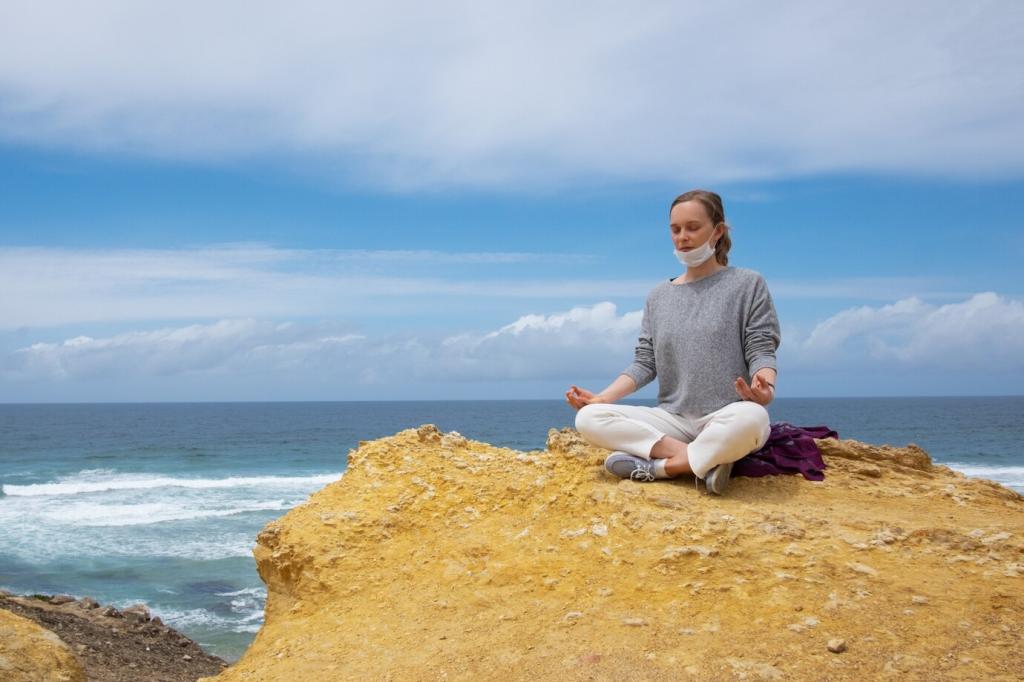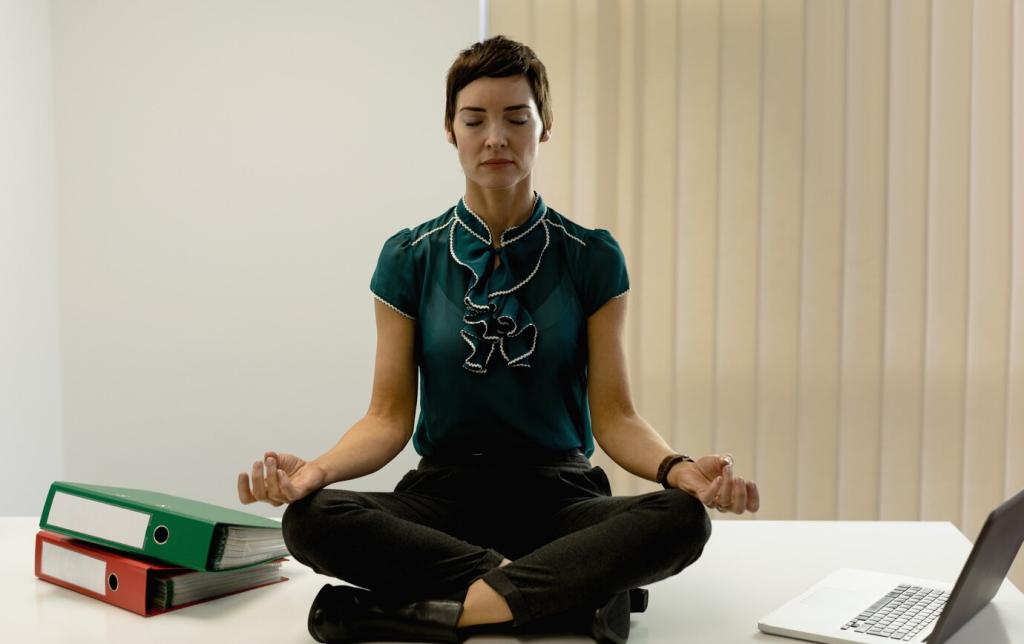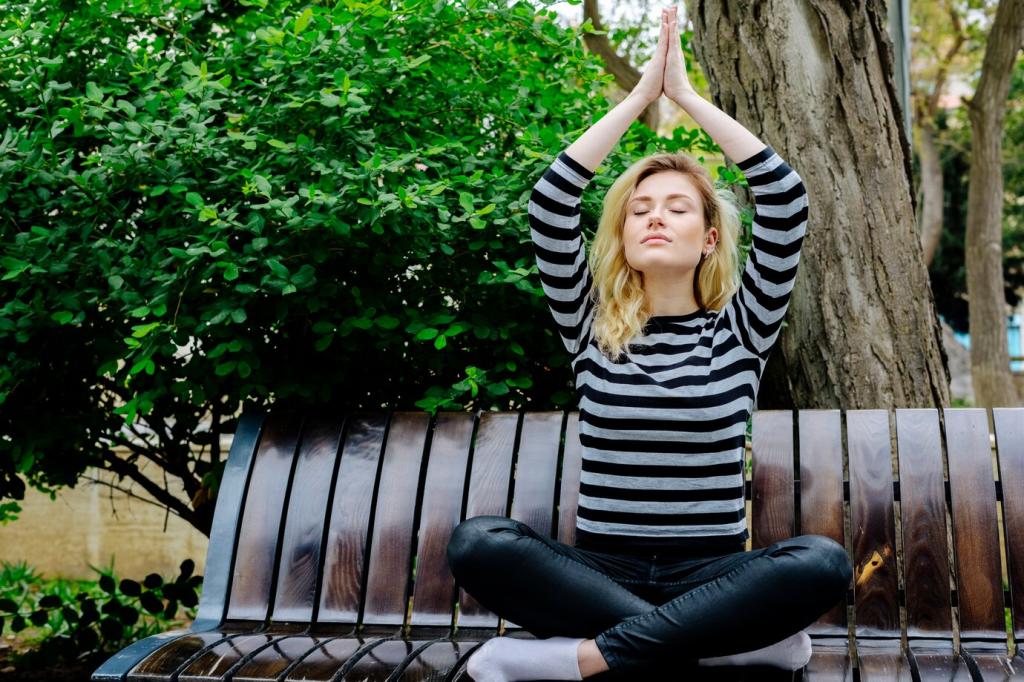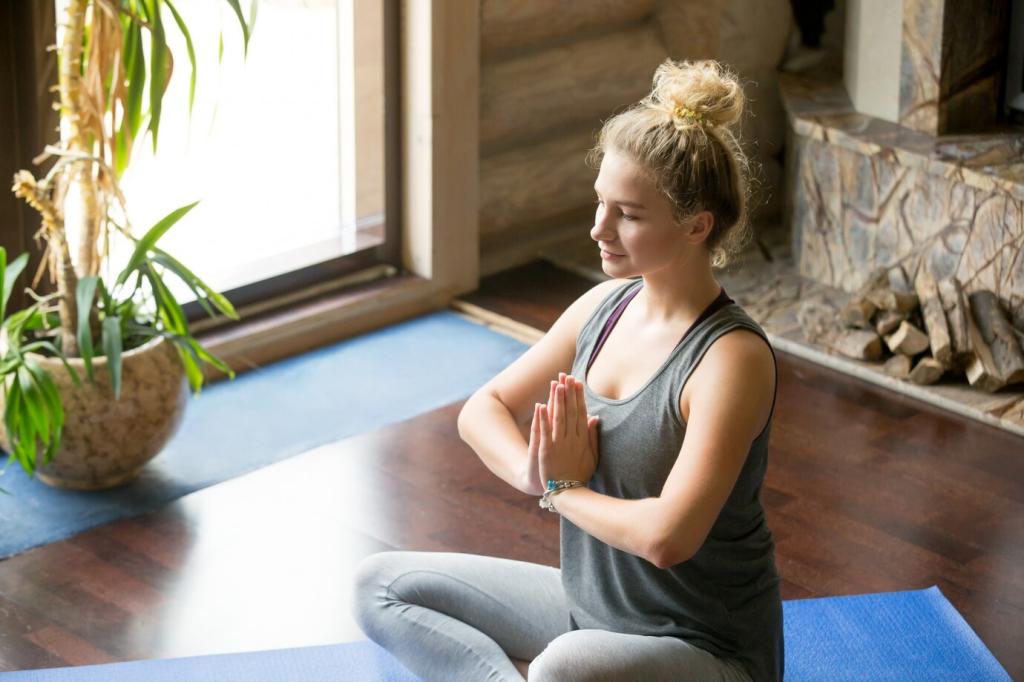Track Progress and Stay Consistent
Track just three items: tension level, clarity of thought, and energy afterward. A simple one-to-ten scale shows patterns fast, helping you tweak duration, imagery, or breath to support your unique emotional stability goals.
Track Progress and Stay Consistent
Attach your practice to something you already do daily—after brushing teeth, starting the kettle, or parking the car. Tiny, predictable cues build reliability, and reliability builds stability you can feel in real moments.
Track Progress and Stay Consistent
If imagery feels flat or overwhelming, scale back time, simplify scenes, or emphasize breath. When emotions are intense or persistent, consider professional support. Share your adjustments below so others can learn from your experience.
Track Progress and Stay Consistent
Lorem ipsum dolor sit amet, consectetur adipiscing elit. Ut elit tellus, luctus nec ullamcorper mattis, pulvinar dapibus leo.






